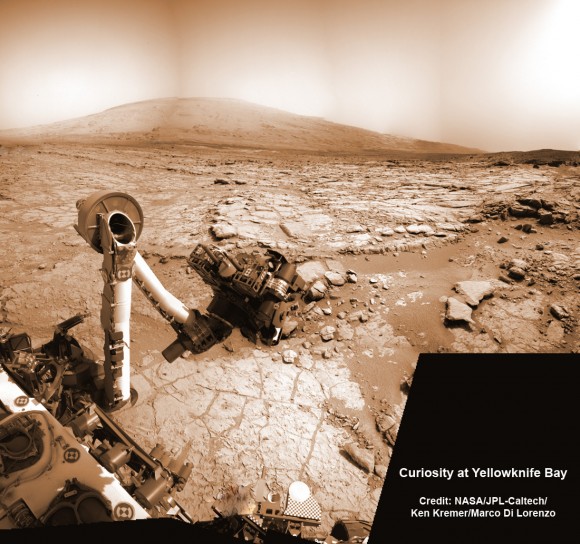
Giant spiral galaxies such as Andromeda and the Milky Way outshine and outweigh most of their galactic peers. They grew so large both by swallowing lesser galaxies and by grabbing gas from the space around them. New observations of exotic “tadpole” galaxies are shedding light on how the Milky Way assembled its most luminous component: the starry disk that is home to the sun and Earth.
First spotted in the 1990s, tadpole galaxies sport bright heads, which spawn brilliant new stars, and long, faint tails. Most tadpoles are billions of light-years distant, meaning they were more common when the universe was young. From such great distances, though, studying the odd galaxies is difficult.
Thus, Jorge Sánchez Almeida of the Astrophysics Institute of the Canary Islands and his colleagues scrutinized seven rare tadpoles that happen to lie much closer, within 600 million light-years of Earth. Analyzing light from telescopes on the island of La Palma, the astronomers determined the speeds of different parts of each galaxy, demonstrating that most of the tadpoles rotate, just as the disks of spiral galaxies do.
via “Tadpole” Galaxies Offer Snapshots of the Milky Way’s Youth: Scientific American.



